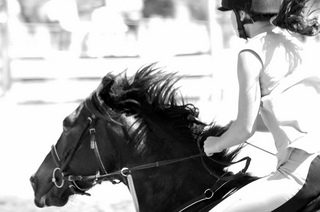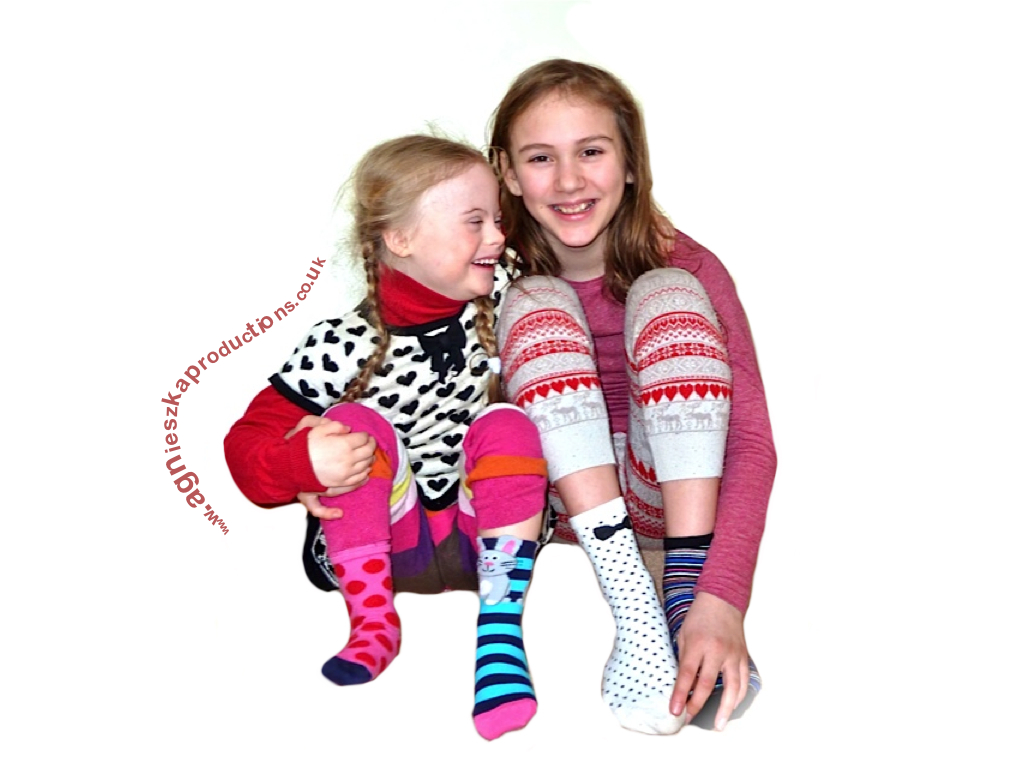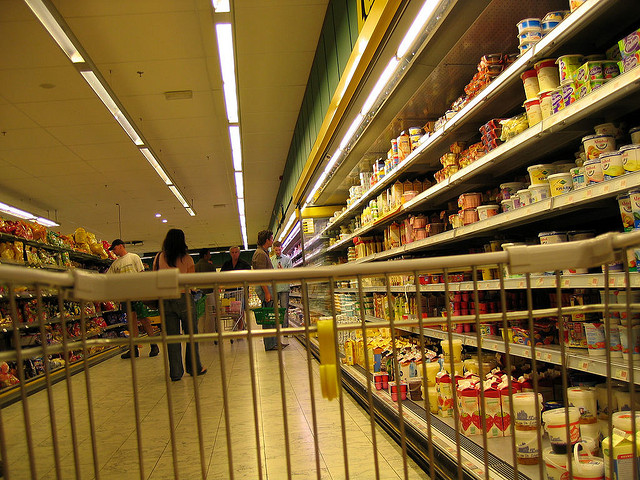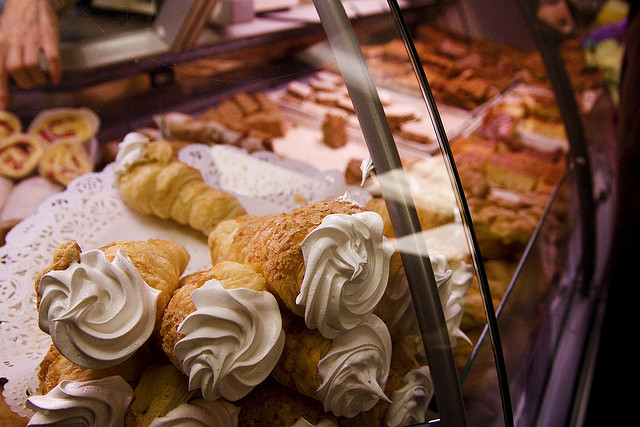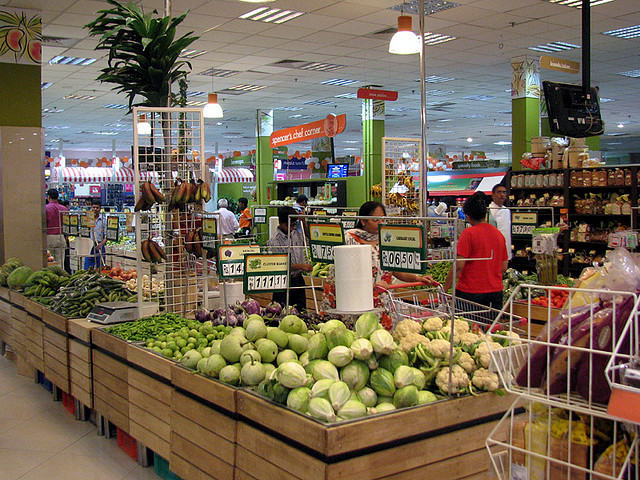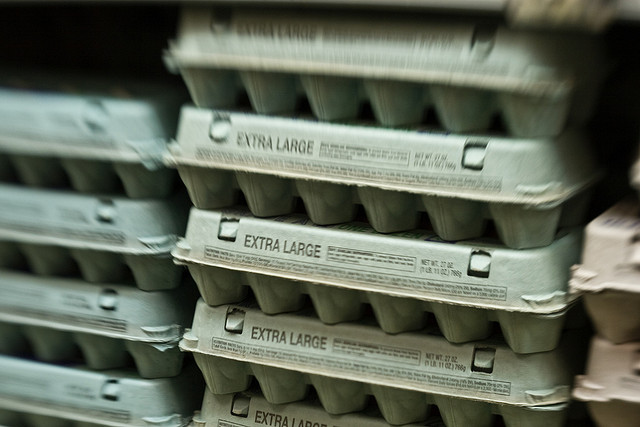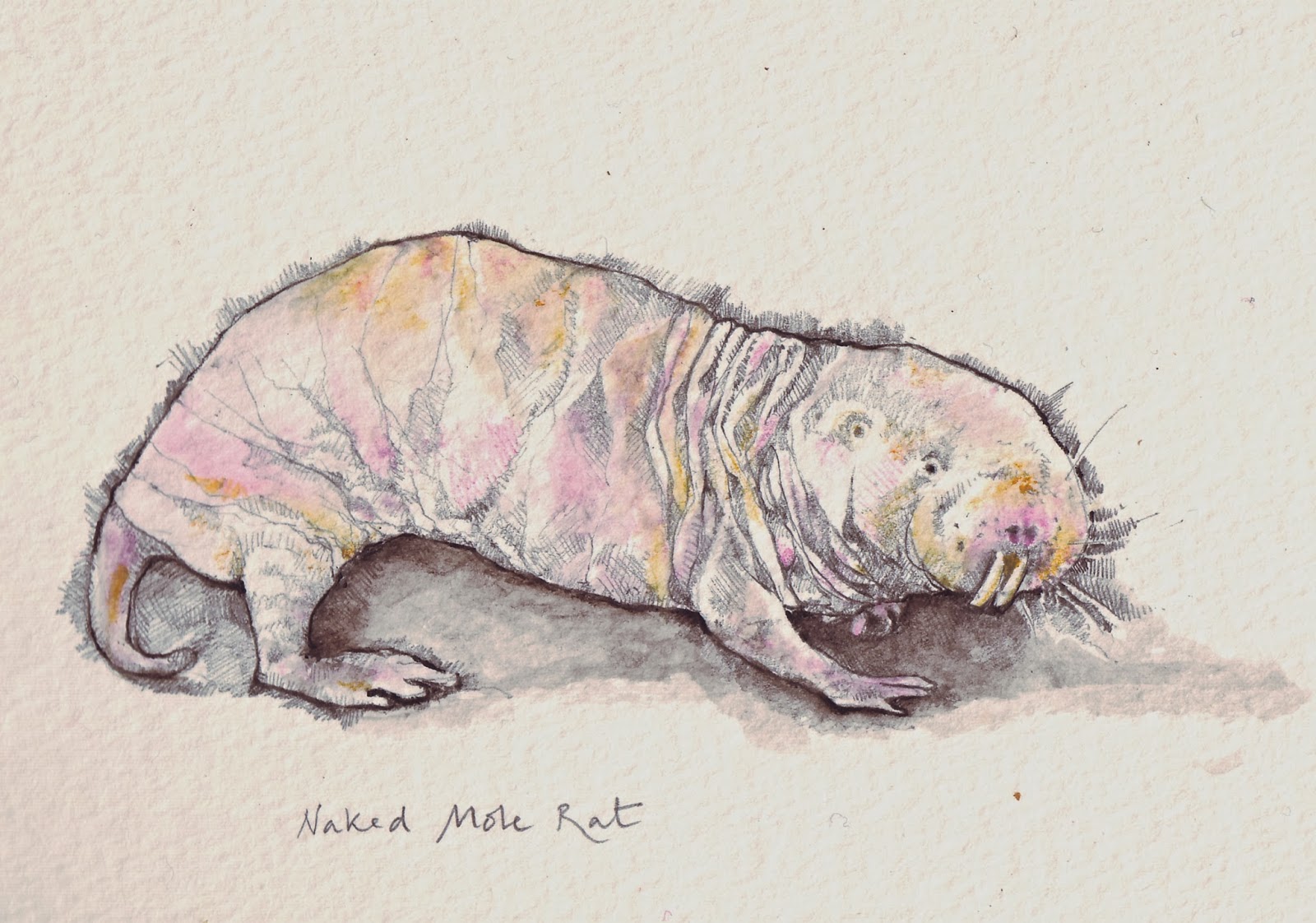Lots of Socks for World Down Syndrome Day
Do you sometimes wear non-matching socks? When you can’t find ones to match or just because you want to? Well on the 21st March you have the perfect excuse to and Agi is going to tell you why.
Agi has been making videos about her life with her little sister, who just happens to have Down Syndrome, for many years. We asked her to tell us more about this condition, and about life with Magdalena and to share some of her videos with us.
Firstly though who am I?
I’m called Agnieszka (Agi for short) and I am home educated with my little sister Magdalena, who is 7 years old. I have a website which I blog on about our life together and anything else I am interested in. I want to be a filmmaker when I’m older, and you can view lots of films that I’ve made on my website, and Magdalena wants to be an artist. She is one of my best friends. We have loads of fun together, and I don’t treat her any differently or treat her ‘specially’, even though she happens to have Down’s syndrome. Which is where the lots of socks come in…but first, let me explain.
I would never have known this unless my little sister, Magdalena was born with an extra 21st chromosome.
Have you worked out yet why World Down Syndrome day is on the 21st of March?
It’s because people with Down syndrome have three chromosomes on chromosome number 21, instead of the usual two. This is also known as Trisomy 21.
Why is it Called Down’s Syndrome?
So why call it Down’s syndrome? No, it’s not because people with Down’s syndrome are ‘down’ or grumpy, it’s actually because Dr John Langdon Down discovered the condition, and it was named after him.
Lot’s of people my age don’t know what Down’s syndrome is, (actually lots of adults don’t either) and that can make them scared of what they don’t know about, so they ignore Magdalena or talk ABOUT her instead of TO her or say something unkind thinking she won’t understand or be hurt by it. So before I get onto the socks, I want to tell you a bit about what Down’s Syndrome is and what it isn’t!
Vet Against The Odds
 Hello! My name is Lauren, I’m 22 and I’m at university training to be a vet. Like most vet students I like science and animals, what makes me a bit different is that I am partially deaf in both ears. I wanted to write about what it’s like to go to university and move away from home when you can’t hear properly.
Hello! My name is Lauren, I’m 22 and I’m at university training to be a vet. Like most vet students I like science and animals, what makes me a bit different is that I am partially deaf in both ears. I wanted to write about what it’s like to go to university and move away from home when you can’t hear properly.
My parents found out I was deaf when I was 5 years old, just after I started school. My sister is also hearing impaired and Mum had inadvertently taught us both to speak properly, which meant that doctors didn’t realize there was anything wrong. When I got older mum told me that she was really worried at the time that being deaf would affect what I was able to do in life, but so far it hasn’t.
8 Supermarket Tricks to Make Your Parents Spend More
You might have noticed that many supermarkets have a similar layout. This is no coincidence. Researchers have spent many years working out how to set out the store in order to get customers to spend more! See how many of these supermarket tricks you recognise, the next time you go shopping with your parents!
Huge Trolleys
Shopping trollies are deliberately MUCH larger than needed for a weekly shop, which encourages customers to buy more. In fact, they’ve been getting bigger and bigger in the past few years.
The Bakery at the Entrance
That smell of freshly baked bread? Not only does it make you want to buy a yummy loaf, it also makes you hungry. It is well known that if you go shopping when you are hungry, you buy more!
Tempting Fruit and Veg
After the bakery, comes the fruit and veg section. This often strikes me as a bit daft – by the time I get around to tins and packets of pasta, my salad is squashed at the bottom of the trolley! The bright colours tempt customers, and lots of supermarkets present fruit and veg in baskets or crates, to make it seem like they’ve come straight from the farm! Once you’ve filled your trolley with healthy produce, you’ll feel better about the packets of biscuits and crisps that come later!
Essentials Around the Store
Just popping in with your parents to quickly to pick up some eggs, or milk? You might notice that these essentials, and others like sugar, salt and flour, are spread around the store. The supermarket planners want you to walk around the store as much as possible, passing all those tempting special offers at the end of the aisles.
End of Aisle Offers
The shelves at the end of the aisles are the ones that we pay most attention to, and so supermarkets stack their special offers there, to persuade you to buy them. These are often things like fizzy drinks, that you might not normally purchase.
Loyalty Cards
Supermarkets don’t just give their customers loyalty cards to encourage them to come back to their stores. They also use the data (information) collected to target their advertising better. If your parents have a loyalty card, have a look at the next letter they receive to see if they are giving discounts on products that your family often buy. Have a think about what the supermarket would know about your family – if you have a pet, when you have birthdays (e.g. if you buy a cake in the store), what toys you like, which interests you have (e.g. your parents bought a magazine about traveling to Italy).
Sweets at the Checkout
Ok, hands up if you’ve ever asked your parents for sweets when you were at the checkout! In Germany, they have a word for this – Quengelware. The word is made up of “quengeln” which means “to whine” and “Ware”, which means products. Products that make kids whine or grump at their parents, who are fed up with the hassle of shopping and give in to their kids’ demands! Some supermarkets now advertise that they have lanes without sweets, so that parents can avoid this argument.
Kids’ Products at Your Eye Level
Talking of kids in supermarkets, did you ever notice that products aimed at kids are displayed at your eye level? The cheese strings are placed at that height in the hope that you will ask for them!
How many of these supermarket tricks did you recognise? Next time you go shopping, take a good look at how the store is laid out and see if you can find some more.
CURIOUS CREATURES 3 – The Naked Mole Rat
The strangest creatures are, to me,
The ones I love the best.
The slimy, ugly and the odd
Are cooler than the rest…
